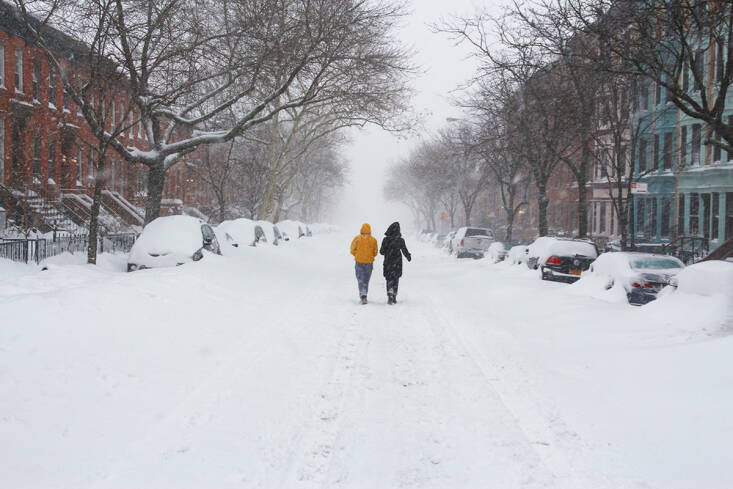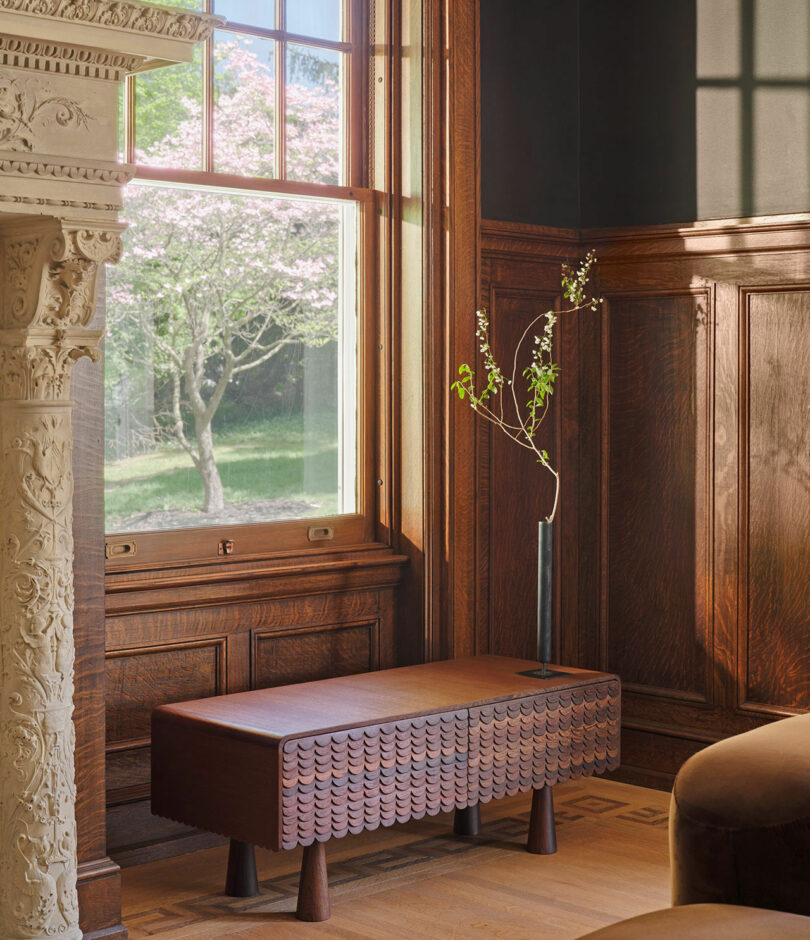Does the idea of a walk in winter make you shudder with dread, or shiver in adventurous anticipation? Everybody loves the blossoming exuberance of a walk in springtime, and lush summer gets all the glory. Fall, of course, has that foliage. Walking in winter doesn’t get as much good press. The austerity of a pared-down landscape, the penetrating views that bared branches and emptied beaches offer in a cold climate, and the bracing need to move assertively (lest you freeze), seem to hold stoic, niche-appeal. While I know why I like to walk in winter, I wasn’t sure about others. Recently, I took an informal poll on Instagram, asking whether, and why, people walk at the coldest time of the year. The answers were interesting. Together, we make a case: Walk in winter. It’s good for you.
Photography by Marie Viljoen.
Transformation
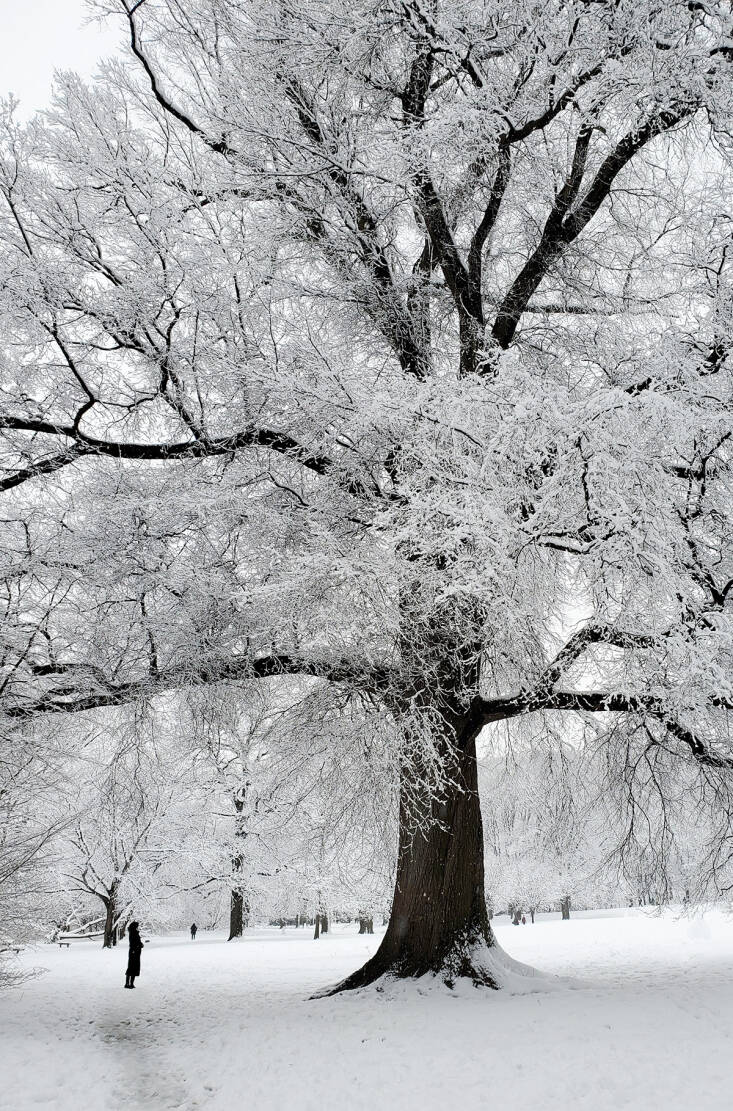
Our appreciation of the familiar, now changed, is intense. The beauty of dark trees etched in white triggers the same part of the brain that responds happily to art (and to chocolate cake!). The fact that we must be outdoors and interacting with nature to appreciate the transformation, adds the proven therapeutic benefits that a natural environment provides. Our blood pressure drops. Our stress levels decrease. We breathe.
Introspection
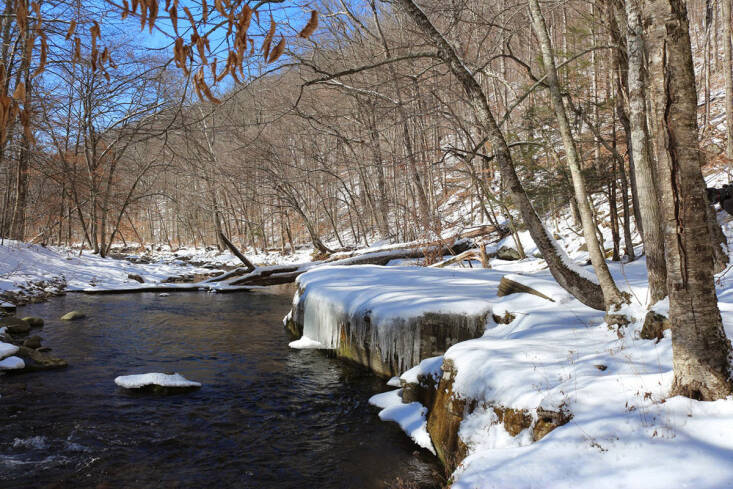
Winemaker Jayme Henderson, co-founder of the Storm Cellar winery in Western Colorado, looks within during winter. “My winter walks are deeply introspective and inspiring,” she writes. “The quiet allows me to notice the broad strokes in nature—the roots, the exposed branches, the waterways—much of which is hidden with the overgrowth and noisy distractions in the summer. Like the roots developing underground, I find I make the biggest leaps of growth in the dormant season. It’s become my favorite season for that reason… I love the subtleties that you have to hunt out in the winter—the smells and sounds and signs of life.”
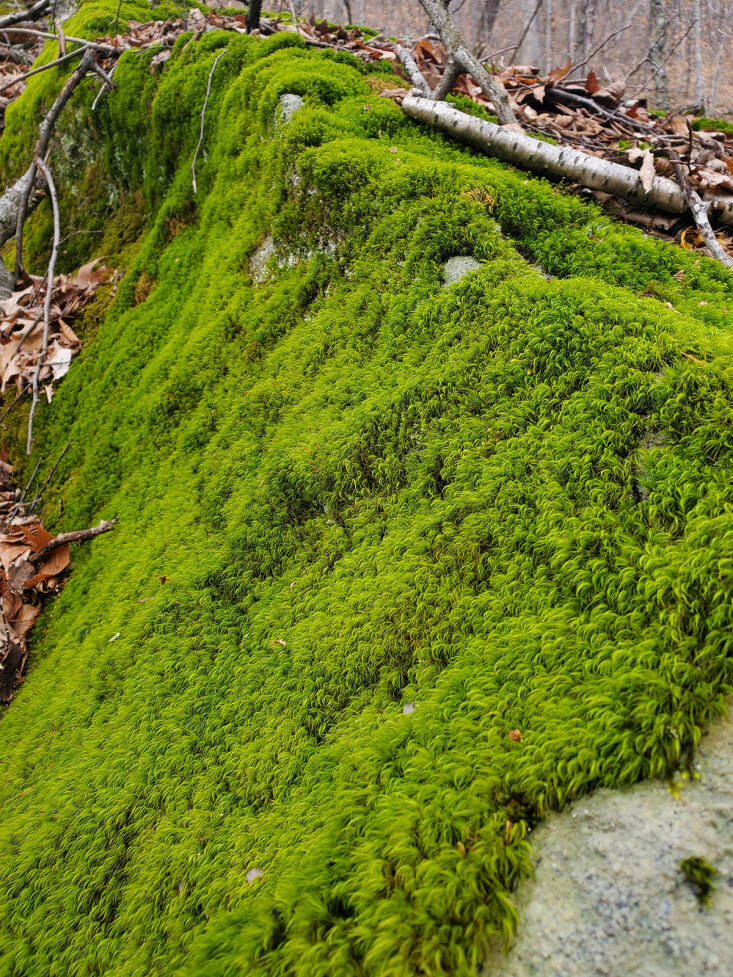
A Sense of Wonder
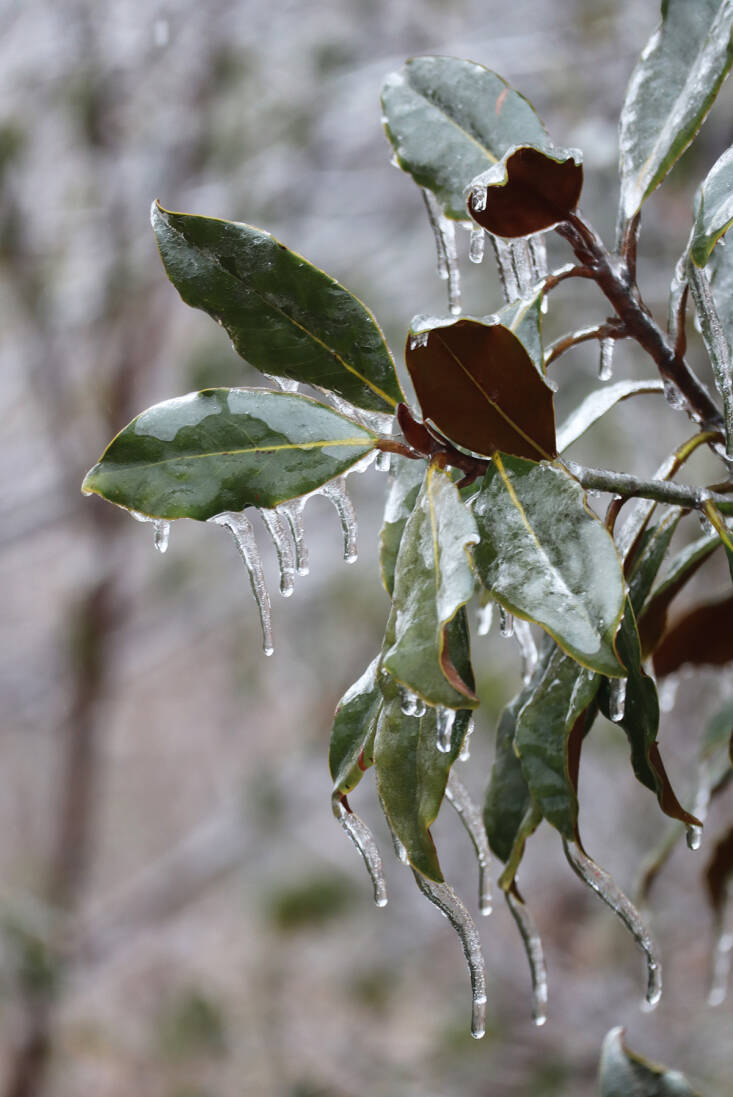
The sense of wonder evoked by the architecture of snow and ice is a powerful force. Experiencing the complex emotion of awe is associated with less rumination, and more well-being. In plants that withstand the bitterness of winter we see what is possible, and our awareness of what we thought could be, suddenly expands. That alone is worth stepping outside when we’d rather burrow more deeply under the covers.
Resilience
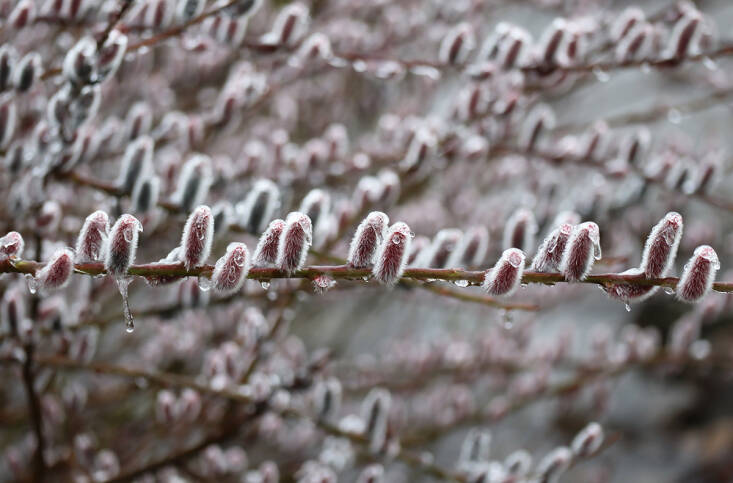
A walk in winter requires some personal resilience to counter our primal fear of cold (despite the luxury of warm clothes and the privilege of being able to return to a welcoming home). But it is the indifferent resilience of the botanical world that strikes us now. Encased in ice, at temperatures below freezing, plants endure hardship before thawing, to live and thrive through another season.
Errands Become Adventures
